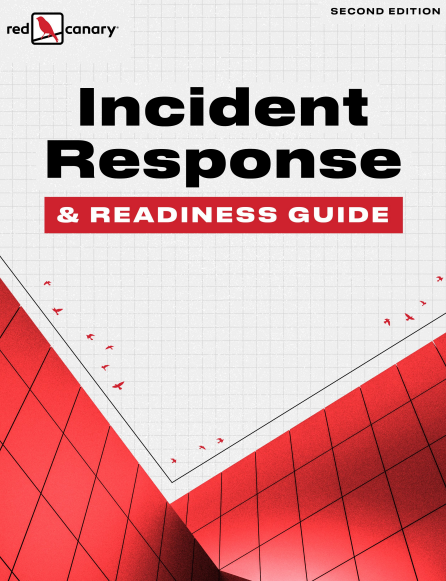


Businesses are swiftly adopting new technology, expanding the already vast attack surface by presenting new avenues for exploitation of systems and misuse of sensitive data. This, along with external factors, is shifting how incident response is paid for and handled. As a result, organizations need to be vigilant when it comes to understanding adversarial trends, while also being cognizant of how new tools and/or services can impact the trajectory of how they respond.
The cloud is the new frontier when it comes to the way we conduct business. In the age of remote work, data portability, and AI-driven business solutions, our data, tools, and workloads are migrating to cloud-based infrastructure and applications at an accelerated rate. In fact, as of 2023, an estimated 60 percent of all corporate data is now stored in the cloud. Even more staggering: The average employee uses more than 30 cloud-based services every single day. While use cases vary, the primary drivers behind this universal shift are: